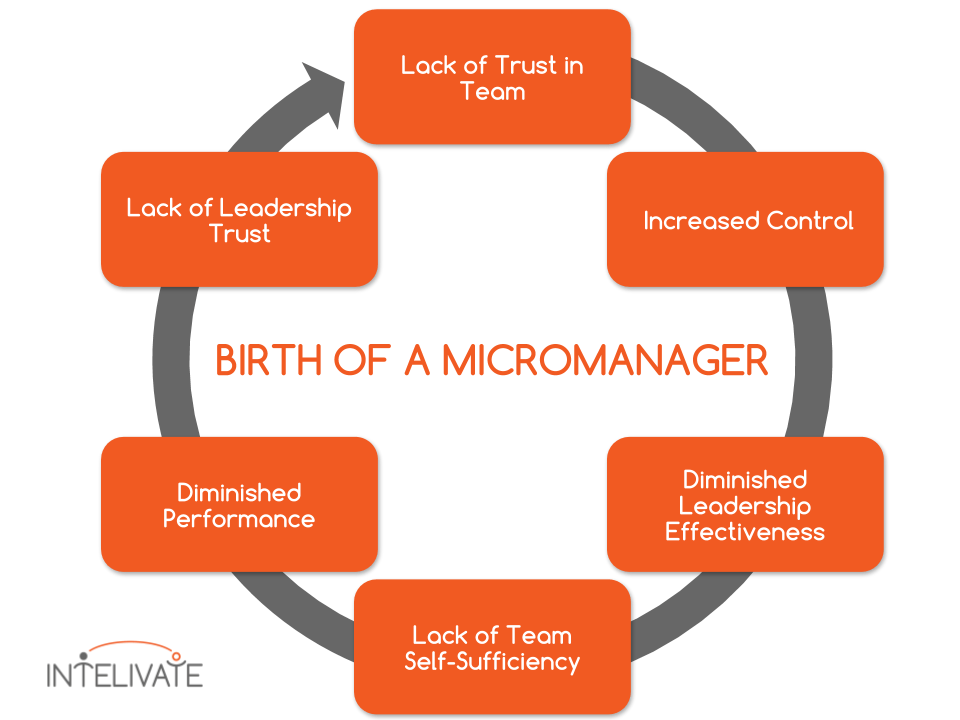Toxic workplaces have become the new plague within the corporate world. As we step out of the pandemic’s grip hold on the business sector, working from home has never been more popular. As we continue to swap the office for the couch, it’s no surprise that toxic workplace red flags are on the rise as new business start-ups fail to keep communication and staff motivation high in a remote environment.
In fact, Toxic workplaces are more common than you may think. According to a recent Instantprint study, over 70% of people have worked in a toxic environment and more than half have reported that lack of communication was the source of the downfall.
The question is, could you be in a toxic workplace? As we step into a post-pandemic corporate future, here are some of the red flags to look out for.
Poor Communication
One of the key signs to look out for when evaluating the toxicity of your workplace is the communication skills displayed within your team. For a company to function effectively, communication needs to be strong from the top-down and the bottom-up, making management and HR teams the most vital component of the communication puzzle.
A lack of communication within a team leads to a number of shortcomings, ranging from less effective employee collaboration to workplace conflict and misunderstandings, in turn reducing productivity levels and value production within the company.
Did you know that 28% of employees claim that poor communication is the primary cause of failing to meet deadlines within the workplace?
As a large majority of the corporate world moves into a remote setting post-pandemic, another barrier to communication has been built. In fact, 44% of employees currently want wider adoption of remote-based communication tools in order to connect with their colleagues effectively from home.
A High Employee Turnover
A high employee turnover is also an easy sign of a toxic workplace. Before joining a company, it’s important to do your research. How many times has this company hired for your role in the last five years? Are there bad reviews on popular job scouting sites such as Glassdoor?
A high employee turnover rate can suggest that a workplace is toxic. Employees only tend to leave jobs after short periods of time if they are unsatisfied with their working conditions. This could signal that poor communication is at play here, and leadership quality could be compromised.
If we look at it on the flip side, a recent study by Watson Wyatt revealed that a business with effective communication practices in place was 50% less likely to report high employee turnover levels, suggesting that strong communication is the key to success.
Micro Managing
Micro Managing has also become one of the key puzzle pieces in the toxic workplace jigsaw. The problem with micromanaging is that it leads to a lack of trust between both the employee and the employer. A strong micromanaging culture within a company can make employees feel suffocated and unable to express themselves within their work. This can lead to a lack of motivation and in turn diminished performance.

(Image Source: Intelivate)
As you can see here, micromanaging can quickly lead to a destructive working cycle, that can lead to high levels of stress and a lack of team satisfaction. In response, these types of leadership qualities can lead to higher rates of absenteeism and employee turnover, rendering the workplace toxic.
A Lack Of Motivation
The Covid-19 pandemic has truly impacted the success of the corporate world. With more businesses entering a remote future than ever before, WFH loneliness is on the up, and strong team communication is quickly diminishing.
If you are suffering from a lack of motivation within your remote workplace, it could be a sign that your company’s communication and wellbeing services are not up to scratch. A digitalised, fully functional HR system is vital for remote-based teams. In order to keep employee mood high and production levels stable, support needs to be in place for those suffering from mental health issues and managers need to take active steps to boost employee productivity.
In fact, poor mental health support impacts the productivity of 1 in 5 employees, which can significantly affect company value production. With over 60% of post-covid workers claiming that they feel anxious in their workplace post-pandemic, HR support needs to be prioritised if company leaders want to see a spike in success.
Stifled Company Growth
Last but not least, it’s time to take a step back and look at your company’s overall success. Has it grown in the last five years? Can you name some of its biggest achievements while you have been employed?
If a business’s growth is stifled, it could be a sign of bad leadership and poor team communication. If employees are feeling unmotivated and refusing to work together, unproductivity will remain a plague for business success.









